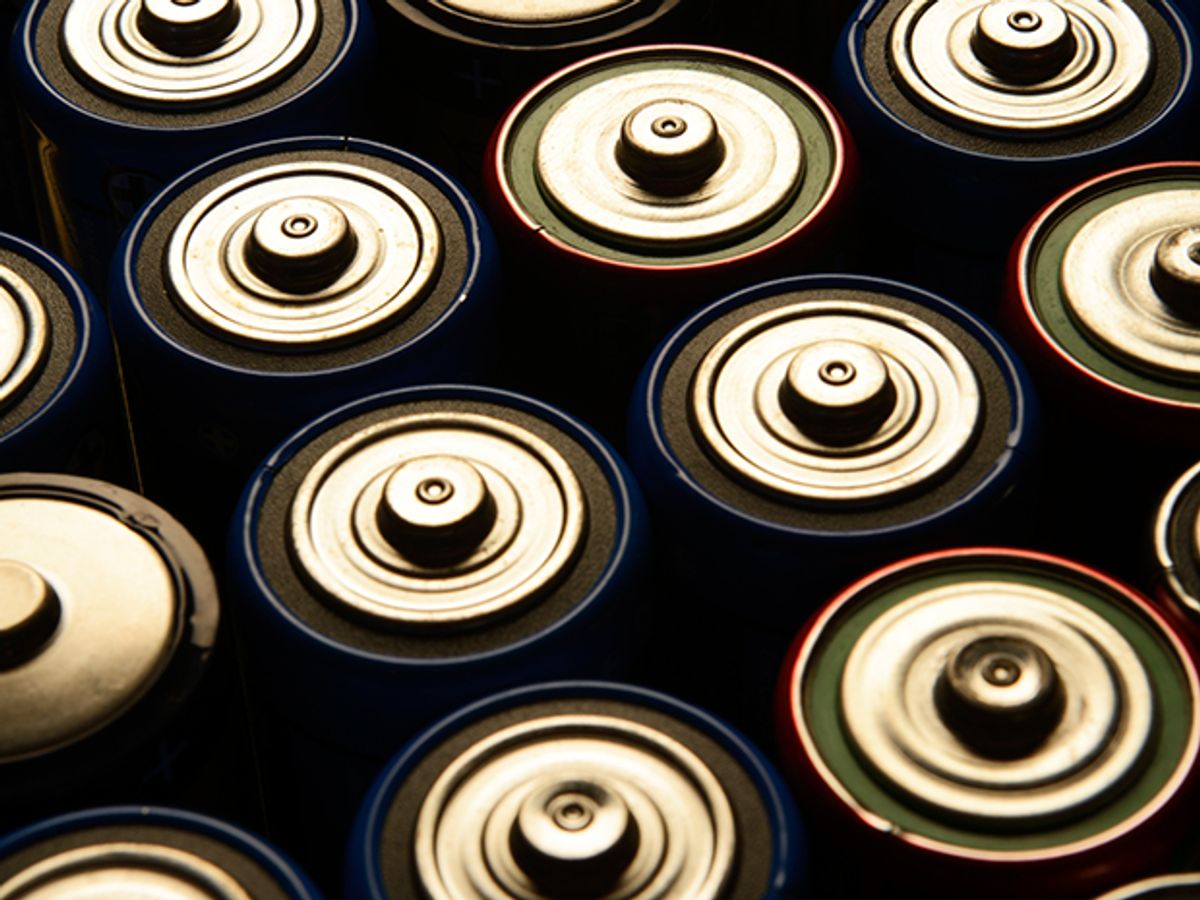Despite the appearance of rapid technological advances, the specter of stagnation looms over the world’s innovators. Low-hanging fruit is nowhere to be seen in fields as crucial as digital electronics, biomedical devices, or space technology. Nothing illustrates the looming problem of stagnation more dramatically than the quest for a superbattery.
The competition is global, pitting China against the United States, Japan, and Europe. With so many contenders and so much money invested, you might expect batteries to be on a glide path to greatness. They are not. Disputes are rife over materials, target markets, performance measures, and engineering methods. Big advances, often hyped, are slow to emerge.
However frustrating, the quest for revolutionary battery advances is heating up. No less than a transformation in personal transport depends on vastly better batteries. So do next-generation wearable electronics. Entire homes can be battery powered, enthusiasts say. And next-gen batteries promise big gains to electricity grids from stored renewable wind and solar energy.
While battery technology may no longer be a sleepy field, the past haunts claims that a glorious future for batteries awaits. The last great innovation occurred 25 years ago, in 1991, when Sony combined the lithium cobalt oxide cathode of an American, John B. Goodenough, with a carbon anode to create the world’s first commercial rechargeable lithium-ion battery. Sony’s aging hit remains the standard.
In the battery war, the stakes are high; battery revolutionaries aim “to initiate the next great economic boom,” writes Steve LeVine in The Powerhouse: America, China, and the Great Battery War (Penguin Books, 2015).
Around the world, there is no shortage of uncrowned kings, egged on by competing governments, eager to reap the economic and perhaps military advantages of next-gen batteries.
Elon Musk, the visionary behind Tesla Motors, says the company’s Powerwall lithium-ion batteries can sustain cars and homes at prices that at least he—and wealthy folks—considers affordable. The U.S. Department of Energy’s Advanced Research Projects Agency–Energy sponsors the most extensive and varied programs in next-gen batteries. Earlier this year it boasted about attaining the holy grail of battery breakthroughs, based on “demonstrating that we can create a totally new approach to battery technology, make it work, make it commercially viable,” said Ellen Williams, ARPA–E’s director.
Private researchers are placing their own expensive bets on the premise that batteries represent an enabling technology of enormous scope. Besides Musk, other celebrated technologists are chasing the stored-power dream. Donald Sadoway, a chemistry professor at MIT whose work in part is funded by Bill Gates, is designing storage batteries for large solar and wind generation. Jay Whitacre, a materials scientist at Carnegie Mellon University, has raised nearly US $200 million for his company, Aquion Energy, and has the backing of the billionaire Pritzker family. Hany Eitouni, a chemical engineer at Lawrence Berkeley National Laboratory, founded Seeo, which attracted the support of über–venture capitalist Vinod Khosla in 2011 and was bought by Robert Bosch in 2015.
This combination of money, talent, and government support would seem to guarantee success. Yet the enormity of the challenge is sobering. Take autos alone. For drivers, the sweet spot is a charge that lasts at least 800 kilometers (500 miles) and takes minutes, not hours, to restore. Those metrics are a distant dream. The cute all-electric 2015 Fiat 500e goes a mere 160 km (about 100 miles) on a single charge. Musk thinks that powering his celebrated Tesla Model S 85D about 462 km on a charge is worth building a $5 billion battery factory near a lithium mine in Nevada.
So in the near future, better batteries are possible—but radically better ones are unlikely. For now, designing devices that consume as little energy as possible would seem wise. The straight line to achieving better batteries still includes asking less of them whenever possible.
About the Author
G. Pascal Zachary is a professor of practice at Arizona State University’s School for the Future of Innovation in Society.
G. Pascal Zachary is the author of Vannevar Bush’s biography, Endless Frontier: Vannevar Bush Engineer of the American Century (Free Press, 1997), and the editor of The Essential Writings of Vannevar Bush (Columbia University Press, 2022). He has taught at Stanford University, UC Berkeley, and Arizona State University.



